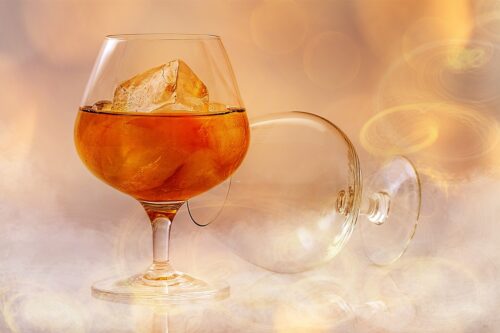South African Brandy
South African Brandy:
- The title of Worldwde Best Brandy at the International Wine and Spirits competition has been awarded to a South African Brandy 15 times in the past 20 years.
- The first brandy in South Africa was distilled aboard the Dutch ship “De Pijl” anchored in Table Bay Harbour in 1672. The assistant cook succeeded in transforming two leaguers (1164 Litres) of Cape Wine into “three ankers” (126 Litres) of delicious brandy.
- Comprehensive legislation and a proud tradition ensure that our brandy is of the highest quality.
- South Africa’s Brandy Route can be accessed at https://sabrandy.co.za/wp-content/uploads/2022/10/Brandy-Route-Brochure.pdf
South African Brandy History:
The word brandy (brandywine) is derived from the Dutch word “brandewijn”, meaning burnt or distilled wine. The first brandy in South Africa was distilled aboard the Dutch ship de Pijl, anchored in Table Bay harbour in 1672.
Three types of brandies are produced in South Africa:
- Potstill brandies are made from a minimum of 100% pot distilled spirits that have been aged for a minimum of three years. Our potstill brandies are double distilled in copper potstills and matured in oak barrels for at least three years. They are generally consumed neat.
- Vintage brandies must contain at least 30% potstill brandy and must have been aged for a minimum of eight years, and a maximum of 60% wine spirits matured for a minimum of eight years. Vintage brandies are generally consumed neat.
- Blended brandies must contain at least 30% potstill brandy but can be blended with up to 70% column distilled spirits. This type of brandy is typically consumed with a mixer such as cola or in cocktails.
The Process of Potstill Brandy:
Wine:
Making wine is the first step in making brandy. This wine is called base wine.
Distillation:
- The next step is distillation. Base wine is distilled in copper potstills, and is transformed into what is called low wine. Low wine has an alcohol content of about 30% v/v.
- The low wine is then distilled a second time, concentrating it even further. In the second distillation, the first vapours that emerge from the potstill are known as the heads. This portion is discarded because it contains highly volatile compounds that impart undesirable aromas.
- The second portion is called the heart. This is the soul of brandy and is what will eventually be bottled and enjoyed. The alcohol content of the heart is up to 70% v/v.
- The final vapours from the still are the tails – once again this portion is discarded.
Maturation
- South African legislation states that Potstill / Cape Brandy must be matured for a minimum of 3 years in an oak barrel no larger than 340 litres in size.
- The law does not specify the type of oak to be used. French and American oak is most popular, and each type imparts its own signature flavours into the spirit.
- After three years, the matured heart can be legally called Potstill / Cape Brandy.
- The brandy master will now decide whether the spirit has potential for further maturation, or if it should be bottled as three-year-old Potstill / Cape Brandy.
Information courtesy of SA Brandy Foundation

